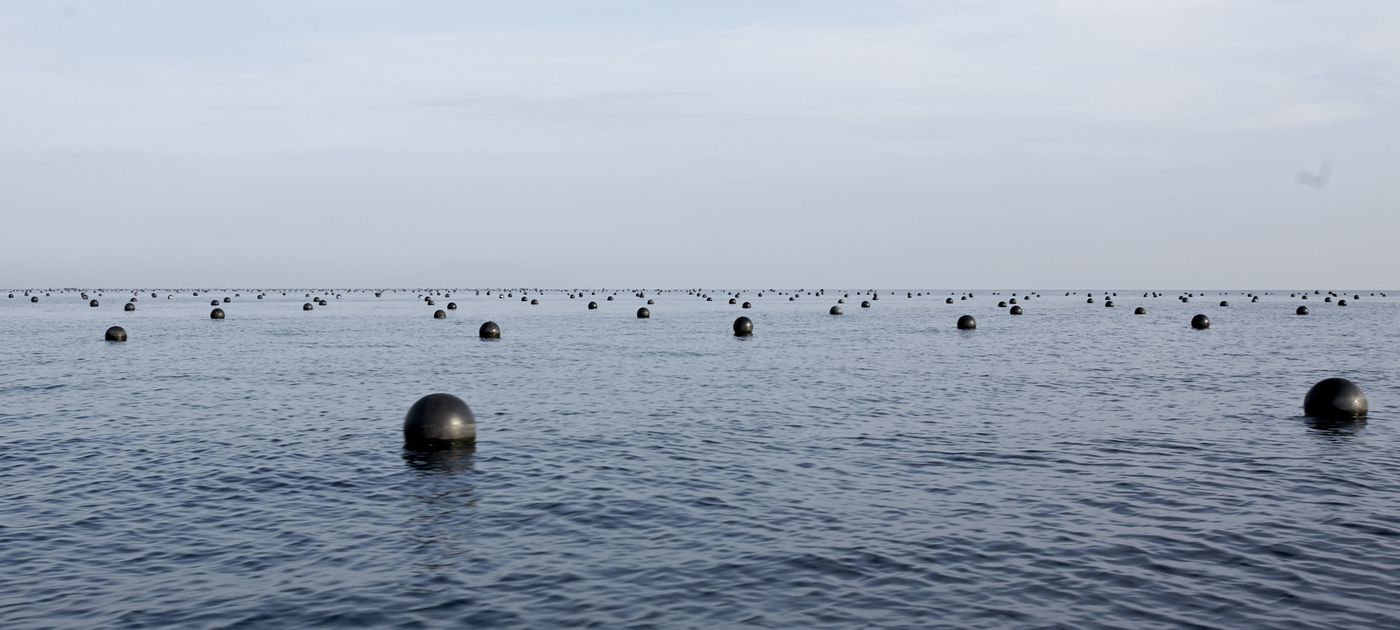-
Water Quality
WATER FILTERINGOysters feed by filtering algae from their surrounding water, ultimately removing nutrients, which, in excess, can degrade the ocean environment.
For example: A farm of 40,000 individual adults turns over more than 2 million L (nearly one Olympic sized swimming pool (every hour). (source: The Nature Conservancy)
REMOVING NITROGEN
Nitrogen is vital for many organisms but too much nitrogen can cause algae blooms which deplete the ocean of the oxygen needed by ocean animals and plants to survive. Oysters are efficient in removing excess nitrogen from water by incorporating it into their shells and tissue as they grow.
For example: 1,000 kilos of oysters can remove 10kg of nitrogen, 0.5kg of phosphorous and 0.7kg of heavy metals from the environment. (source: The Nature Conservancy)
-
Habitat & Biodiversity
PROTECTED HABITATSPearl farms become in effect ocean sanctuaries, providing habitat for spawning and life for marine flora and fauna. Protected from detrimental activities and pollution, ocean life in these areas thrives, thus increasing animal populations where overfishing has depleted some species.
BIO INDICATORS
Oysters serve as ‘bio indicators’ through the process of filtration reacting to changes in their environment such as water temperature, salinity and oxygen levels.
Oysters effectively monitor the health of their natural ecosystem and refelect positive and negative changes of their surroundings.
-
Climate Change
GREENHOUSE GASESOyster farming is one of the few categories of farming which does not require the production of food supplies, use of antibiotics and the animal itself does not produce methane through its digestive process.
Oyster farming is seen as a climate-positive industry within sustainable aquaculture, requiring zero supplementary feeding and little to no waste. (source: OceanWatch Australia)
CARBON SEQUESTERING
Oysters extract carbon ions from seawater to build theirshells and grow their pearls, in a process called calcification. A single oyster can filter and process up to 190 litres of water each day, effectively sequestering carbon within their shell structures. (source: World Wildlife Fund)

